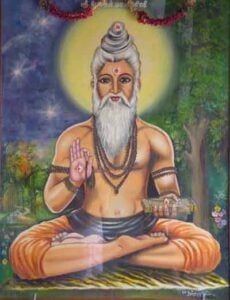 The word पुराण (purāṇa) means anything belonging to very ancient times and is an antonym for नूतन (nūtana) which means new, recent. The problem in India is the definition of what really is ancient in matters of Sanskrit literature. Historians who do not acknowledge oral traditions think that anything which has not been preserved belongs to ‘pre-historic times’ and the moment the word ‘pre-historic’ appears we start thinking of dinosaurs with the subconscious implication – ‘extinct species’. Naturally this causes a serious distortion of truth due to linkages created by words in the mind.
The word पुराण (purāṇa) means anything belonging to very ancient times and is an antonym for नूतन (nūtana) which means new, recent. The problem in India is the definition of what really is ancient in matters of Sanskrit literature. Historians who do not acknowledge oral traditions think that anything which has not been preserved belongs to ‘pre-historic times’ and the moment the word ‘pre-historic’ appears we start thinking of dinosaurs with the subconscious implication – ‘extinct species’. Naturally this causes a serious distortion of truth due to linkages created by words in the mind.
1 The sacred Sanskrit literature was arranged to be recorded in oral traditions set up by Parāśara along the banks of the Ganges. That was then the only and best means to preserve the knowledge as the Hindu really believes that the Guru and his knowledge can only sit on the heads of the pupils.
2 Parāśara left his mortal coils when a pack of wolves chased him and being lame, he could not outrun them as fast as his son Kṛṣṇa Dvaipāyana did. Later under the guardianship of Devavrata, (the champion of the Kuru dynasty who was respectfully called Bhīśma for his vow of eternal celibacy), Kṛṣṇa Dvaipāyana was instituted as the Veda Vyāsa, which is the title for the Guru of all creatures. Veda Vyāsa instituted the first circle of various Gurus who would record these sacred literature for posterity as Kali Yuga was at hand and the minds of people would become dull. People would fail to grasp simple things and their memories would become tiny like their life span.
3 The Vedas were the most important of all literature and it was necessary to record them. This was the critical task Maharṣi Parāśara had prepared his son to do. The discussions between them are so interesting where Parāśara spoke of his grandsire Vasiṣṭha’s view that there can only be three Vedas – Ṛk, Yajur and Sāma whereas Parāśara opined that for Kali Yuga the Atharva Veda had to be recorded as well. Kṛṣṇa Dvaipāyana had ample time to debate on this and when he was appointed Veda Vyāsa, he had already made up his mind about the four Vedas. For the first time the oral traditions came together to compare their memories and to scratch the hymns on palm leaves. It was so necessary else true to their fears, all would have been lost.
4 The assembly did not end with the recording of the Vedas. The pupils of Vedavyāsa were given responsibilities of recording other literature like the mahāpurāṇa, upa-purāṇa, upa-veda etc. The DBC Logo is the Vyāsa Yantra which has Vedavyāsa at the pericarp of the eight-petal lotus , the brahma-sthānam and the other śiṣya who had these responsibilities in the eight directions. Of these Maharṣi Romaharṣaṇa sits in the south-west, facing Vyāsa to his north-east, the Iśāna direction. Such a direction is always reserved for a favourite and Maharṣi Romaharṣaṇa deserved this as he was the repository of all the Purāṇa.
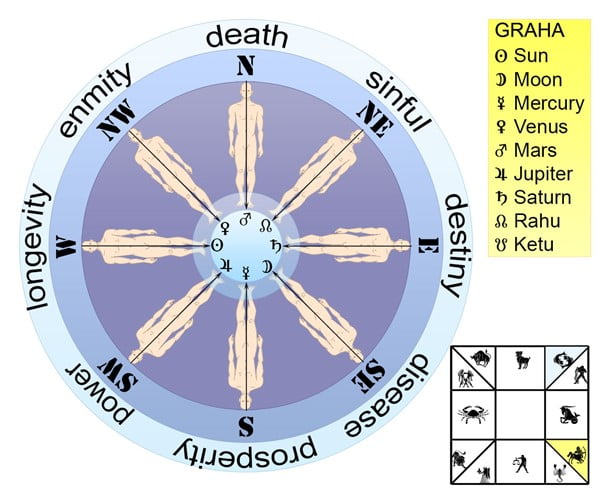
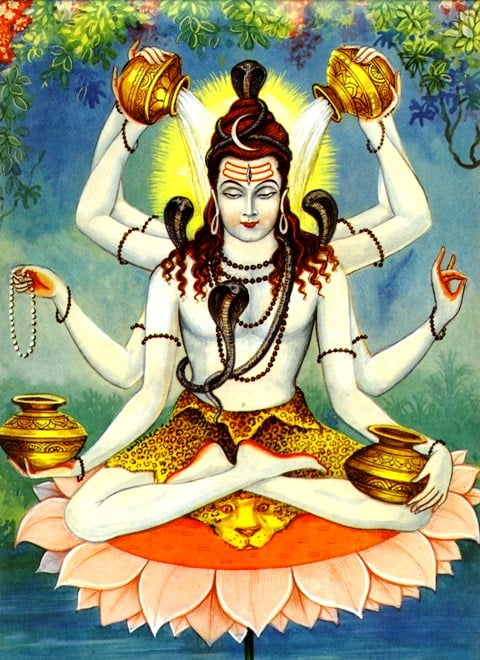
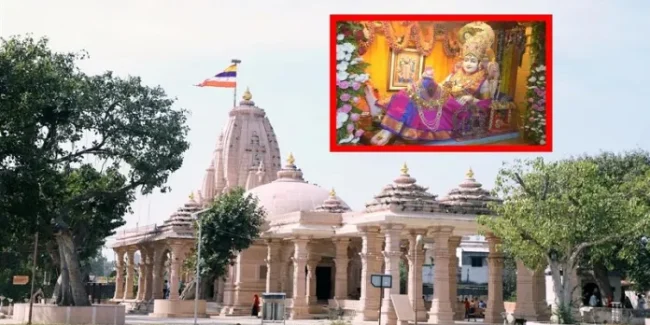
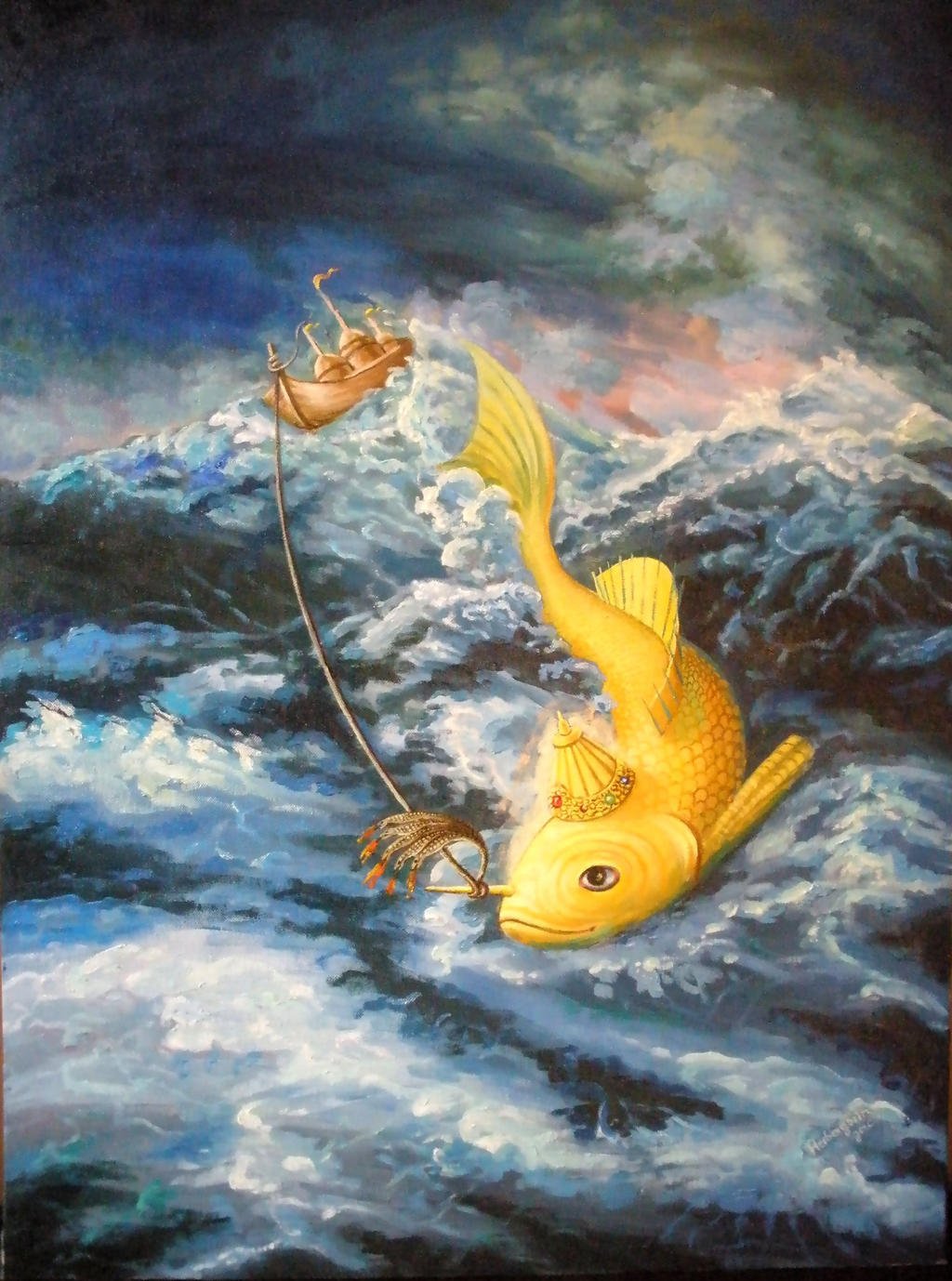
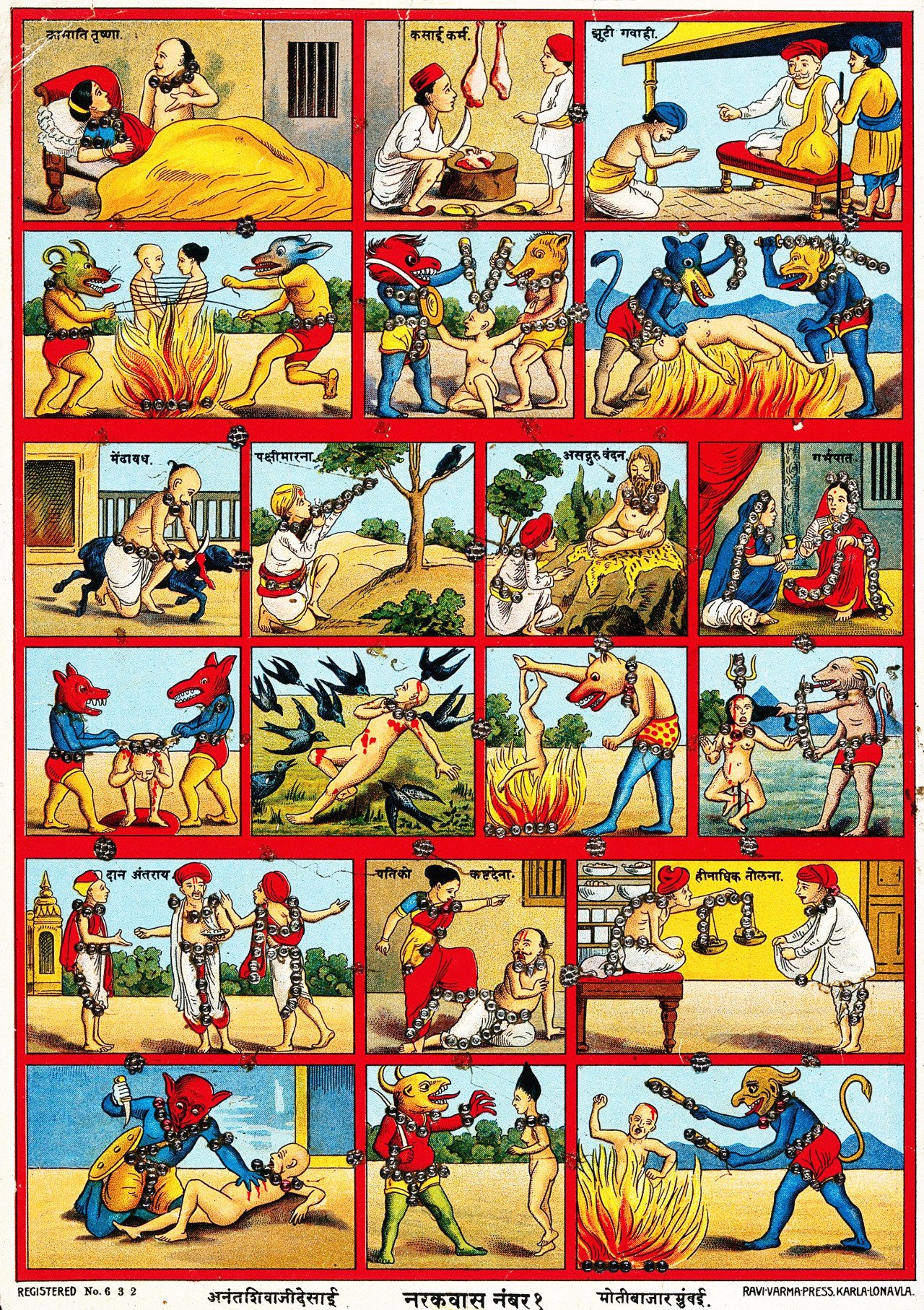


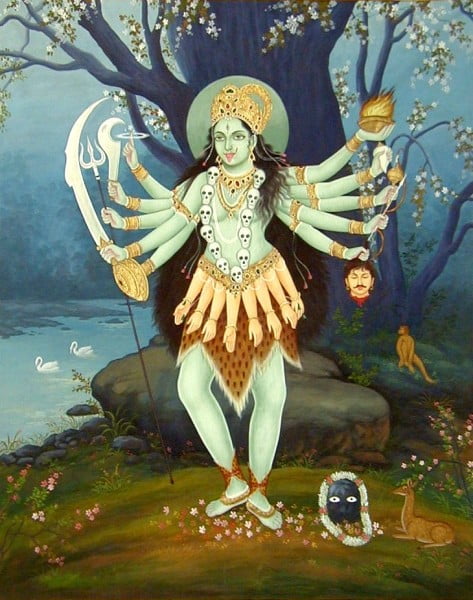
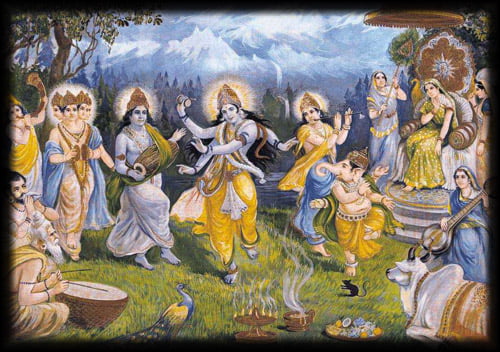
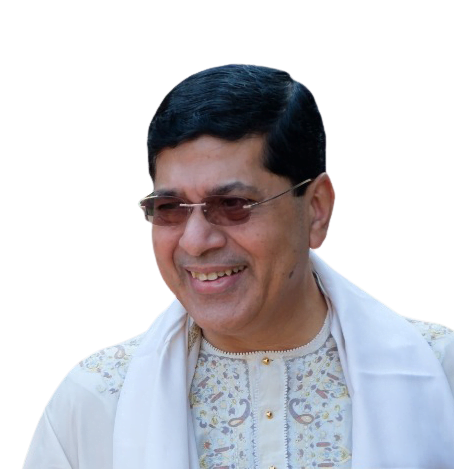
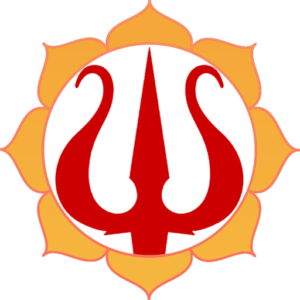
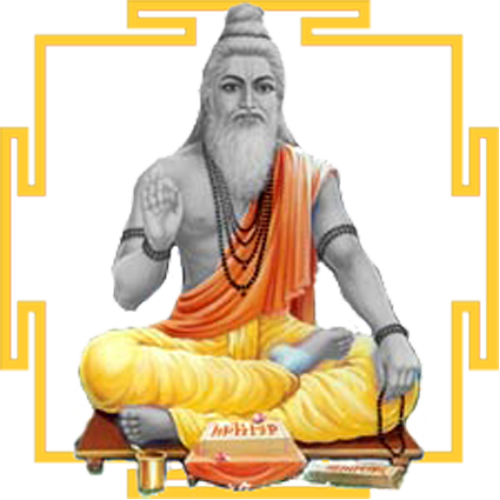 DBC offers online courses in jyotish (Vedic Astrology) taught directly by Sanjay Rath as per the tradition, through narrated power points and other audio tools. The courses are at different levels, from the beginners through the intermediate to the advanced and are known as SoHamsa | DBC courses, with individual classrooms and assistant teachers
DBC offers online courses in jyotish (Vedic Astrology) taught directly by Sanjay Rath as per the tradition, through narrated power points and other audio tools. The courses are at different levels, from the beginners through the intermediate to the advanced and are known as SoHamsa | DBC courses, with individual classrooms and assistant teachers
 Sagittarius Publications is the publisher and distributor the popular quaterly magazine the Jyotish Digest, as well as many thorough books on the subject of Vedic Astrology or Jyotish.
Sagittarius Publications is the publisher and distributor the popular quaterly magazine the Jyotish Digest, as well as many thorough books on the subject of Vedic Astrology or Jyotish.